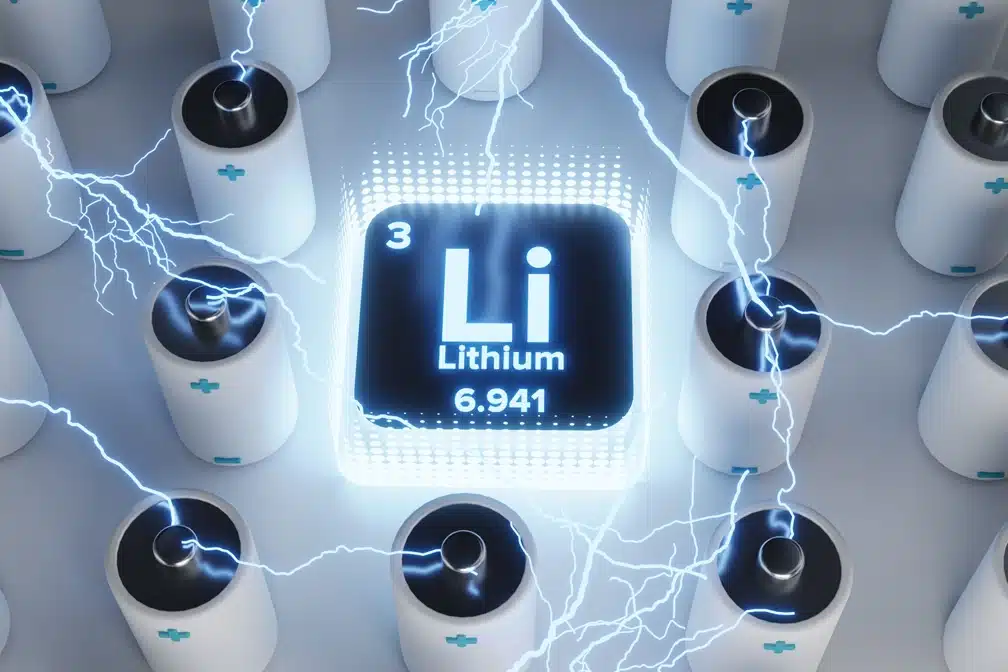Connell High School in Connell, Washington, has formally petitioned the FMCSA to allow students under 18 to obtain commercial learner's permits (CLPs).
Continue Reading
May 19, 2024 6:12 pm

Once seen as the future of transportation, electric vehicles (EVs) were expected to usher in an era of job growth and innovation across America. This vision was particularly fueled by the advent of lithium and nickel production, essential for EV batteries, promising a modern-day industrial boom.
Despite a strong start in 2022, with a 76 percent increase in EV sales by April, enthusiasm has waned. By the end of 2023, sales plummeted to half, partly due to the high costs and charging infrastructure concerns. This shift has led to a dramatic 90 percent drop in lithium prices since the previous year, signaling a cooling market.
The reduced demand has forced major automakers to downsize, with Ford and General Motors (GM) announcing significant layoffs and suspending operations at key facilities. The pause in billion-dollar lithium mining projects further underscores the industry’s current predicament.
The auto industry is recalibrating, offering discounts and financing deals to entice electric vehicle buyers. However, EVs still lag in sales compared to traditional gasoline vehicles, prompting companies to slow down their electric vehicle expansion plans while maintaining a cautious optimism about future growth.
The commercial vehicle segment presents a unique set of challenges and opportunities in the electric vehicle landscape. As companies like GM and Ford reevaluate their EV strategies, the production of electric commercial vehicles (ECVs) could take a different path. ECVs, including delivery vans and trucks, are critical for businesses aiming to reduce carbon emissions and operational costs. However, the same issues affecting personal EVs—such as cost and charging infrastructure—are also hurdles for ECV adoption.
The slowing pace of electric vehicle growth could mean a more cautious approach toward ECV production. Companies may prioritize efficiency and flexibility, focusing on smaller, targeted rollouts of ECVs that can immediately benefit from existing infrastructure while gradually expanding as the market matures. This strategy could help maintain momentum in ECV development despite broader industry challenges.
Despite the current slowdown, the commitment to electrification remains strong among automakers, driven by environmental regulations and the long-term vision of a sustainable transportation ecosystem. The industry’s adaptability is evident in its balanced approach to producing both electric vehicles and internal combustion engine vehicles, depending on market demand.
For ECVs, the path forward involves not only addressing the immediate barriers to adoption but also leveraging policy support and technological advancements to enhance infrastructure and reduce costs. The potential easing of regulatory measures may provide additional breathing room for companies to transition to EVs, including commercial fleets, aligning with broader environmental goals.
The journey toward widespread electric vehicle adoption is complex, marked by fluctuating demand and evolving market dynamics. While the initial rush toward electrification has moderated, the industry’s efforts to adjust and innovate continue. For electric commercial vehicles, the future holds promise as businesses and policymakers work together to overcome challenges and seize the opportunities presented by a greener, more efficient transportation system.
As the landscape evolves, the resilience and ingenuity of the automotive sector will be key in driving the transition to electric mobility, ensuring that the vision of a sustainable future remains within reach, albeit on a recalibrated timeline.
Connell High School in Connell, Washington, has formally petitioned the FMCSA to allow students under 18 to obtain commercial learner's permits (CLPs).
Continue ReadingThe U.S. government is increasing scrutiny on Chinese companies that are potentially dodging tariffs by manufacturing Chinese EVs (electric vehicles) in Mexico.
Continue ReadingIn a legal battle that could reshape the trucking industry, 24 Republican states join to bring a lawsuit against the EPA and the state of California.
Continue ReadingThe American Trucking Associations (ATA) has expressed strong opposition to the Department of Justice's proposed rule of marijuana reclassification.
Continue ReadingIn an effort to increase efficiency and sustainability in Trucking, Phillips Industries has launched their new, advanced, stick-on solar panels
Continue ReadingThe 2024 CVSA International Roadcheck is scheduled for May 14-16. Over 72 hours, inspectors across the US will conduct nearly
Continue ReadingAutomated License Plate Readers are a major advance in law enforcement technology but they raise significant privacy and oversight challenges.
Continue ReadingThe EPA's latest emission standards detailed in a final rule issued on March 29 are sparking vigorous debate within the
Continue ReadingOOIDA • ATA • DOT • NASTC • WOMEN IN TRUCKING • NPTC • DRIVER RESOURCES • TDN STAFF • ARCHIVES • SITEMAP